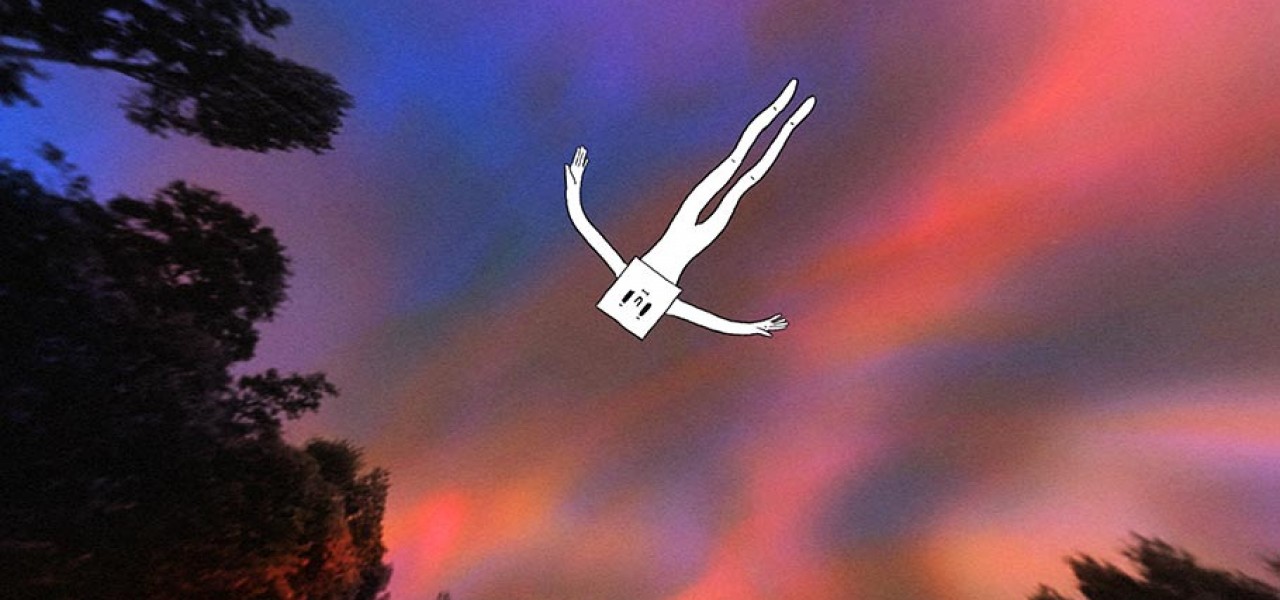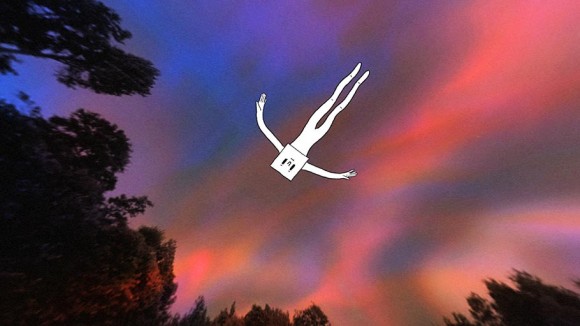

‘Way to Go’ Is Unlike Any Other Animated Short You’ve Experienced
We’ve been on the verge of interactive and non-linear interactive storytelling in animated filmmaking for years now, and 2015 may finally be the year that these concepts enter the mainstream, due in large part to technical advancements made to the hardware/software needed to produce and watch these projects.
Yesterday the National Film Board of Canada launched the interactive website Way to Go. It’s an excellent demonstration of how to blend interactivity and animation into an immensely satisfying viewing experience that engages the senses. The film can be watched/played for free on Chrome web browsers at A-Way-To-Go.com. The experience is designed to last approximately six to ten minutes, although it could take longer depending on how you interact with it.

My interaction with the film was so frequent, especially in terms of the number of buttons that I was pressing, that at times it felt like I was playing a video game. So what was the difference? The distinction I would make between games and interactive films is that in games, buttons are pressed to accomplish a task, whereas in filmic experiences, buttons are pressed purely for the sake of advancing a narrative that provides some kind of aesthetic or auditory satsifaction. But as Way to Go suggests, these experiences could merge together someday.
Vincent Morisset (Bla Bla, Arcade Fire’s JustAReflektor.com) directed Way to Go which combines hand-drawn animation, 360-degree video capture, music, and coding. He made the project at his Montreal-based studio AATOAA with Philippe Lambert, Édouard Lanctôt-Benoit and Caroline Robert.

Way to Go was made using Javascript, HTML, WebGL, THREE.js, and Web Audio API. Here’s the impressive list of the techniques that were employed throughout the piece:
- Dynamic control of 360° videos
- 83 custom shaders to change in real time lights, grain and visual effects
- Infinite amount of 3D worlds rendered from drawings on paper
- Custom system for integration and synchronization of 360° video mappings, 3D environments and 2.5D elements
- Management and live mixing of thousands of sounds
- Generative and interactive music score
- Enveloppes, ADSR, filters and dynamic spacialisation
- Sound granulation
- Convolution and reverb
- Unique techniques for video stiching of 360° shooting in narrow environments
- Video analysis and tracking system for dynamic integration and creation of heightmaps and 3D scenes
- Live video stabilization
- WebVR – Adaptation for the Oculus Rift on a web browser
- Gamepad API – Game console controllers connection to web browser
The film premiered last month at Sundance’s New Frontier program, where it was screened on an Oculus Rift VR headset. The film will next be shown on the Oculus Rift in Montreal at the Rendez-vous du cinéma québécois (February 25–27) and Cinéma Excentris (March 2–6).

CREDITS
Directed and shot by Vincent Morisset
Created by the studio AATOAA
Music and sounds by Philippe Lambert
Creative coding and technologies by Édouard Lanctôt-Benoit
Animations, drawings, macro videos and costumes by Caroline Robert
Produced by Hugues Sweeney for the National Film Board of Canada
Co-produced by Boris Razon at France Télévisions

.png)